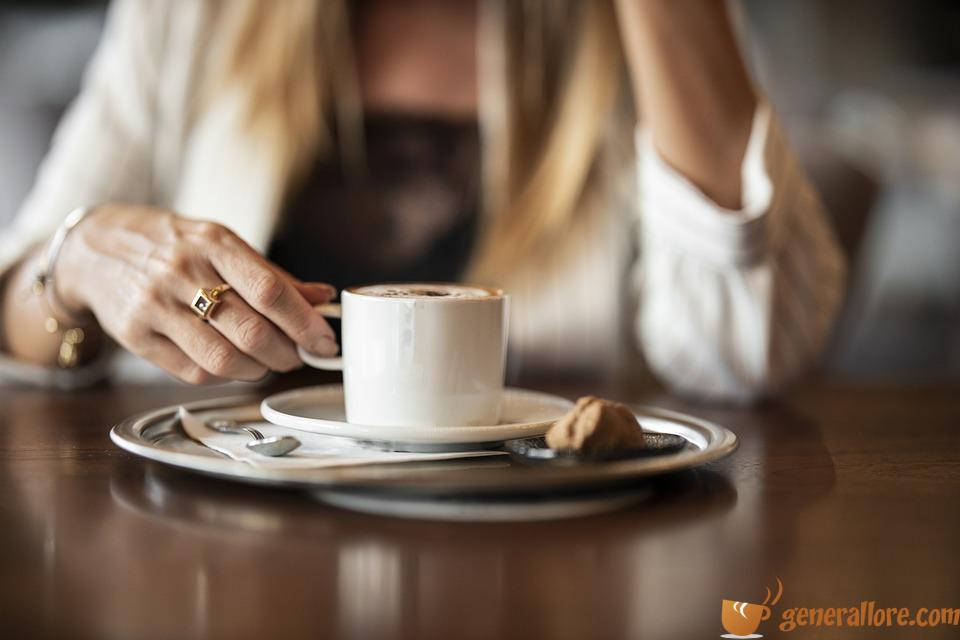From Bean to Brew: The Art of Crafting the Perfect Cup of Coffee
Introduction
For many people, a day without a good cup of coffee is simply incomplete. Whether it’s the morning jolt to kickstart the day or a mid-afternoon pick-me-up, coffee has become an integral part of our daily routine. But what goes into making that perfect cup of coffee? From sourcing the best beans to the brewing process, crafting the perfect cup of coffee is indeed an art form. In this article, we’ll dive into the intricate process of going from bean to brew, exploring the various steps and techniques involved in creating that perfect cup of coffee.
Sourcing the Best Beans
Understanding the Different Coffee Beans
When it comes to crafting the perfect cup of coffee, the type of beans used plays a crucial role. There are two main types of coffee beans – Arabica and Robusta. Arabica beans are known for their smooth, mild flavor and are often considered to be of higher quality. On the other hand, Robusta beans are known for their strong, bold flavor and higher caffeine content.
Sourcing Single-Origin vs. Blended Beans
Another important consideration when sourcing coffee beans is whether to use single-origin beans or a blend. Single-origin beans come from a specific region, offering a unique flavor profile that reflects the characteristics of that particular area. On the other hand, blended beans are a mixture of beans from different regions, offering a more complex and balanced flavor profile.
The Roasting Process
Understanding the Roast Levels
Once the coffee beans are sourced, the next step in the process is the roasting. The roast level of the beans has a significant impact on the flavor profile of the coffee. There are generally four main roast levels – light, medium, medium-dark, and dark. Each roast level brings out different flavor characteristics in the beans, ranging from bright and acidic to rich and bold.
The Role of Time and Temperature
During the roasting process, the beans are subjected to high temperatures for a specific period. The precise control of time and temperature is crucial in bringing out the desired flavor profile of the coffee beans. This delicate balance of time and temperature is what determines the final outcome of the roast.
The Brewing Process
Choosing the Right Brewing Method
There are various methods for brewing coffee, each with its own unique set of advantages and drawbacks. From the classic drip coffee maker to the more intricate pour-over and French press methods, choosing the right brewing method can greatly impact the quality of the final brew.
Mastering the Art of the Pour-Over
The pour-over method involves pouring hot water over coffee grounds in a slow, steady manner, allowing for a precise extraction of flavors. This method requires a keen eye for detail and a steady hand, as the rate and consistency of pouring can make a significant difference in the flavor of the coffee.
Conclusion
In conclusion, crafting the perfect cup of coffee is indeed an art form that requires careful attention to detail and a deep understanding of the various factors at play. From sourcing the best beans to mastering the roasting and brewing process, every step contributes to the final outcome of the brew. By honing your skills and understanding the intricacies of the process, you can elevate your coffee experience and truly appreciate the art of crafting the perfect cup of coffee.
FAQs:
1. What is the best type of coffee bean for a smooth flavor?
2. How do different roast levels affect the flavor of the coffee?
3. What is the best brewing method for a bold and rich cup of coffee?
4. Are single-origin beans better than blended beans for crafting the perfect cup of coffee?
5. What role does water quality play in the brewing process?
6. How do time and temperature impact the roasting process?
7. What are some common mistakes to avoid when brewing coffee at home?
8. What is the ideal coffee-to-water ratio for a balanced brew?
9. How does the grind size of the coffee beans impact the brewing process?
10. Can I reuse coffee grounds to make another cup of coffee?




